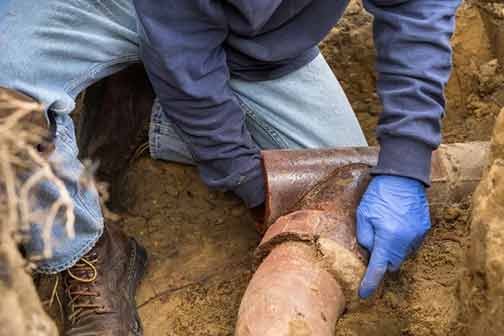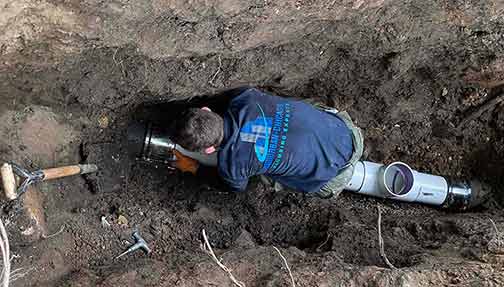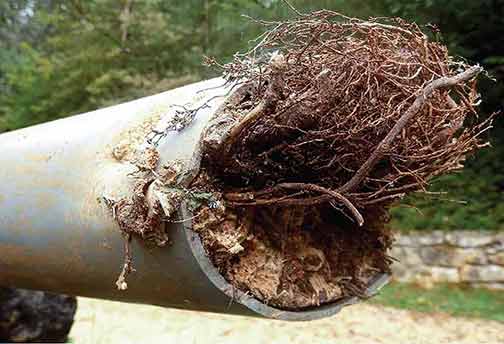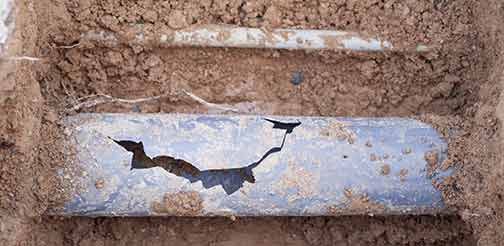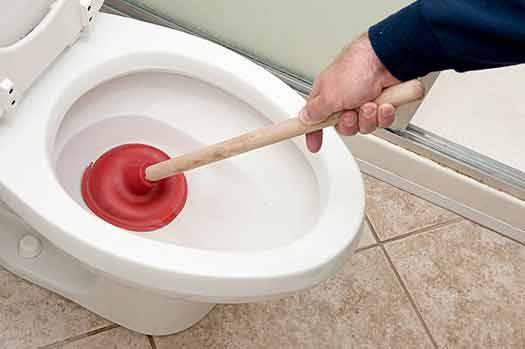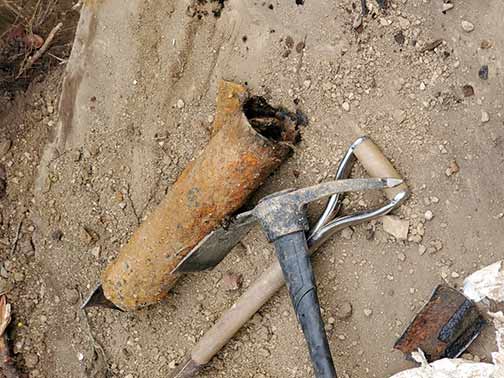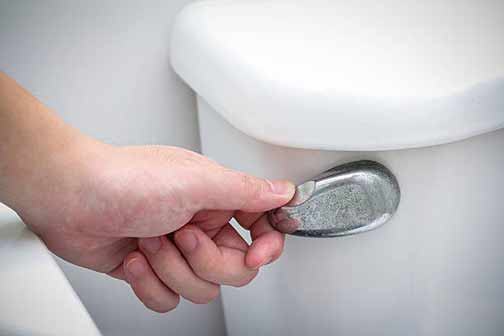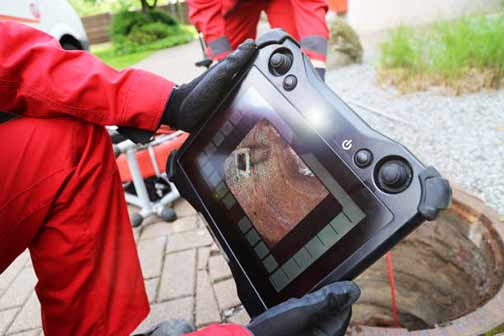Understanding the Problem: What Causes Sewer Pipes to Break?
Sewer pipes are integral to any home’s plumbing system, responsible for carrying waste away efficiently. However, these pipes can break for several reasons, leading to significant issues for homeowners. Common causes include age-related wear and tear, ground movement, root intrusion, and improper installation. Understanding these causes is the first step in addressing the problem effectively.
Age-related wear and tear is a natural process that affects all materials over time. Sewer pipes, particularly those made from older materials like clay or cast iron, can become brittle and susceptible to cracks and breaks. Ground movement, whether from natural soil shifts or construction activities, can exert pressure on pipes, causing them to fracture. Root intrusion is another prevalent issue, where tree roots seek out moisture and infiltrate pipes, leading to blockages and breaks. Improper installation, including poor alignment and lack of support, can also cause pipes to fail prematurely.
Signs of a Broken Sewer Pipe: Early Detection and Diagnosis
Early detection of a broken sewer pipe can save homeowners from costly repairs and extensive damage. Key indicators include unpleasant odors, slow drains, persistent clogs, and unusually lush patches of grass in the yard. Homeowners should also be on the lookout for mold growth, foundation cracks, and rodent infestations, which can all be symptomatic of sewer pipe issues.
Unpleasant odors often arise from sewer gases that escape through cracks in the pipes. Slow drains and persistent clogs can indicate a blockage caused by debris or root intrusion. Unusually lush patches of grass suggest a leak in the sewer line, where the escaping wastewater acts as a fertilizer. Mold growth and foundation cracks may result from moisture seeping into the home, while rodent infestations can occur as pests are attracted to the warmth and shelter provided by damaged pipes.
Initial Steps to Take: Professional Assessment and Inspection
Once signs of a broken sewer pipe are detected, it is crucial to consult a professional plumber for an accurate assessment. Professionals use advanced techniques such as sewer camera inspections to pinpoint the exact location and extent of the damage. This step is essential to determine the most effective repair strategy and prevent further complications.
During the assessment, plumbers may also perform a sewer smoke testing, where smoke is introduced into the sewer system to identify leaks. Hydrostatic testing, which involves filling the pipes with water to check for pressure loss, may also be conducted. These diagnostic tools allow plumbers to develop a comprehensive understanding of the issue and recommend the most appropriate course of action.
Exploring Repair Options: From Trenchless Technology to Traditional Methods
Depending on the severity and location of the break, there are several repair options available. Trenchless technology, such as pipe lining and pipe bursting, offers a less invasive solution by avoiding extensive digging. Traditional methods, while more disruptive, may be necessary for severe cases. A professional plumber can guide homeowners in choosing the most appropriate method based on the specific circumstances.
Pipe lining involves inserting a flexible tube coated with resin into the damaged pipe. Once in place, the resin hardens, creating a new pipe within the old one. Pipe bursting, on the other hand, involves breaking the old pipe apart while simultaneously pulling a new pipe into place. Traditional methods may involve excavating the affected area to replace or repair the damaged section of sewer pipe. Each method has its advantages and limitations, and the choice will depend on factors such as the pipe’s location, the extent of the damage, and the homeowner’s budget.

Traditional methods may involve excavating the affected area to replace or repair the damaged section of sewer pipe.
Preventive Measures: Safeguarding Your Home Against Future Issues
Preventing future sewer pipe issues involves regular maintenance and inspections. Homeowners should schedule periodic checks with a professional plumber to catch potential problems early. Additionally, avoiding flushing non-degradable items and being mindful of tree planting near sewer lines can help maintain the integrity of the pipes.
Regular maintenance may include cleaning the pipes to remove buildup and prevent blockages. Plumbers can use high-pressure water jets to clear debris and roots from the system. Homeowners should also be cautious about what they flush down the toilet and dispose of in the sink, avoiding items like wipes, sanitary products, and grease that can cause clogs. Planting trees and shrubs at a safe distance from sewer lines can prevent root intrusion, while installing root barriers can offer additional protection.
The Cost Factor: Budgeting for Sewer Pipe Repairs
Repairing broken sewer pipes can be a significant financial undertaking. Costs vary depending on the repair method and the extent of the damage. Homeowners should obtain multiple quotes from reputable plumbers to ensure they receive a fair price. Additionally, some repairs may be covered by homeowner’s insurance, so it’s worth checking the policy details.
Trenchless repairs, while often more expensive upfront, can save money in the long run by minimizing landscape disruption and reducing labor costs. Traditional methods may be cheaper initially but could incur additional expenses for restoring the yard. Homeowners should also consider the potential impact of sewer pipe issues on property value and weigh the cost of repairs against the benefits of maintaining a functional plumbing system.
Working with Professionals: Choosing the Right Plumbing Service
Choosing a reliable and experienced plumbing service is crucial for effective sewer pipe repair. Homeowners should look for licensed professionals with positive reviews and a proven track record. It’s also beneficial to select a plumber who offers a comprehensive range of services, from inspection to repair and maintenance, ensuring all aspects of the problem are addressed.
When selecting a plumbing service, homeowners should verify the company’s credentials and ask for references from previous clients. Reading online reviews and checking with local consumer protection agencies can provide additional insights into the company’s reputation. A reputable plumber should also provide a detailed estimate and explain the repair process clearly, allowing homeowners to make informed decisions.
Understanding the Long-Term Impact: How Sewer Pipe Repairs Affect Your Home’s Value
Addressing sewer pipe issues promptly can have a positive impact on a home’s value. Potential buyers are likely to be deterred by signs of plumbing problems, so ensuring repairs are completed by professionals can enhance the property’s appeal. Additionally, maintaining detailed records of repairs and inspections can provide peace of mind to future buyers.
Homes with a history of plumbing issues may face challenges in the real estate market, as buyers may be concerned about potential future problems. By investing in professional repairs and keeping documentation of all work performed, homeowners can reassure buyers of the property’s condition. Regular maintenance and inspections can also demonstrate a commitment to preserving the home’s value and functionality.
To Conclude
Dealing with broken sewer pipes requires a professional approach to ensure the problem is resolved effectively and efficiently. By understanding the causes, recognizing the signs, and working with experienced plumbers, homeowners can protect their property and prevent future issues. Investing in professional services not only safeguards the home but also contributes to maintaining its value over time.
Ultimately, taking proactive steps to address sewer pipe issues can provide homeowners with peace of mind and protect their investment. By prioritizing regular maintenance and seeking professional assistance when needed, homeowners can ensure their plumbing system remains in optimal condition, reducing the risk of costly repairs and enhancing the overall quality of their home.

